Inside: Here are 5 of the most enchanting music classics for kids—stories that will delight and entertain children forever—stories like Peter & the Wolf, Nutcracker, The Sorcerer’s Apprentice and more!
Music Classics for Kids
Do you have a favorite musical story that you became familiar with as a child? For instance—do any of these 5 music classics for kids ring a bell?
- Peter & the Wolf
- The Sorcerer’s Apprentice
- Carnival of the Animals
- Nutcracker
- Young Person’s Guide to the Orchestra
I call these “The Five Musical Musts,” because…
- All 5 are pieces of music written in the style and genre of classical music—the best music for the brain.
- They are delightful, fun and entertaining
- These stories are considered “legacy stories” because they have been enjoyed by children for generations
Here are some fun facts about these stories…
Music Classics for Kids: Peter & the Wolf
Background & Music
Both the music and story are by Russian composer Sergei Prokofiev He wrote “Peter & the Wolf” with the same literary style of fairytales. He also knew that if he combined both music and a story that it would create a winning combination for children.
“Peter & the Wolf” is narrated with music accompaniment. Each character in the story is represented by an instrument of the orchestra:
- Peter: all the strings of the orchestra (violins, violas, cellos, etc)
- The bird: the flute
- The duck: the oboe
- The cat: the clarinet
- Peter’s grandfather: the bassoon
- The hunters: the bass drums
- Wolf: the brass instruments
Synopsis
Like most fairytales, the story addresses itself to a child’s sense of courage, adventure, and risk-taking—as well as a little bit of disobedience. Peter disobeys his grandfather and ventures out into the meadow where he comes face-to-face with the mean, hungry wolf.
In a rather tense moment, Peter manages (with the help of his friends the cat and the bird) to tie the wolf’s tail to a tree making it impossible for him to move. Just in the nick of time, the hunters come out of the forest and they make short work of the wolf.
Everything turns out in the end with Peter the hero of the day.
Books & Recordings
- Peter and the Wolf narrated by Patrick Stewart
- Peter and the Wolf narrated by Melissa Joan Hart as Clarissa (Boston Symphony Orchestra)
- Peter and the Wolf narrated by “Weird Al” Yankovic performed by Wendy Carlos and the LSI Philharmonic
The Yankovic CD is a hilarious, up-dated, hip performance of the fairytale with Peter’s grandfather eventually leaving the forest and joining a rock band.
- Book: Peter and the Wolf pictures by Charles Mikolaycak
- Book: Peter and the Wolf: A Bellerophon Coloring Book: This is a paper doll book. Your children can color them and act out the story
Music Classics for Kids: The Sorcerer’s Apprentice
Background
“The Sorcerer’s Apprentice” was written by the German writer, Johann Wolfgang von Goethe. He wrote it as a poem and titled it, “Der Zauberlehrling.” It was based on an ancient Egyptian legend. (Goethe is considered as famous a German writer as Shakespeare an English writer).
When Disney created the movie, “The Sorcerer’s Apprentice,” they were careful to follow the poem and tell the story exactly as Goethe wrote it.
Synopsis
The Sorcerer’s Apprentice is about an apprentice (Mickey Mouse) whose job is to fetch water for his boss, the sorcerer. When the sorcerer leaves one day, the apprentice decides to cast a spell on a broom and put the broom to work doing his job.
Everything seems to be going swimmingly well, (no pun intended) but then things take a sudden turn for the worse.
Unfortunately, Mickey the Apprentice doesn’t know how to break the spell and the broom continues to fetch water, filling the house. To further complicate matters, the apprentice chops the broom in pieces—only to have the pieces change into brooms already “programmed” to fetch water. Fortunately, before the apprentice drowns, the sorcerer returns and saves the day.
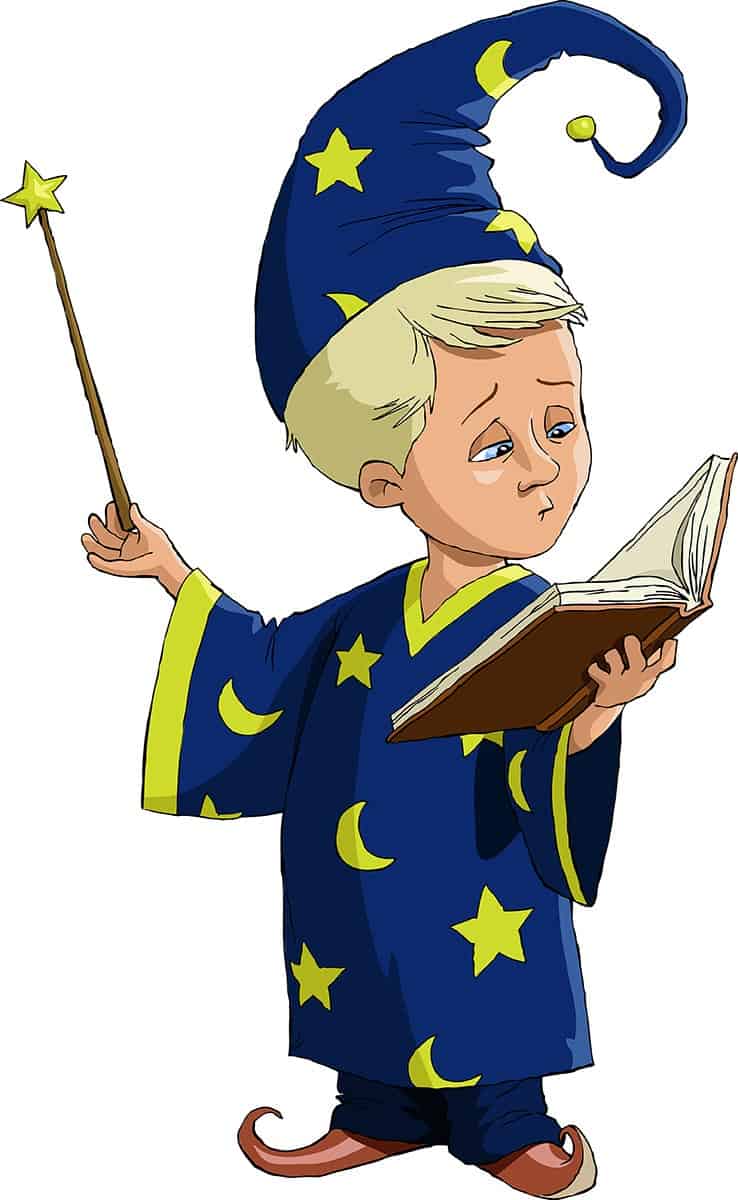
In “The Sorcerer’s Apprentice,” the apprentice decides to do what he sees the sorcerer doing–with dangerous results!
The Music
Paul Dukas, (1865-1935) a French composer wrote the music for “The Sorcerer’s Apprentice.” It’s considered a symphonic poem (music that tells a story) and premiered in 1897.
Dukas was a talented composer, but was very critical and destroyed most of the music he wrote and allowed only a very few of his musical works to be published. “The Sorcerer’s Apprentice” is considered his most famous work.
How to Appreciate & Lessons Learned
Do you remember when you saw Disney’s version of “The Sorcerer’s Apprentice?” It was spellbinding. The sorcerer was downright scary, and we were hooked! To appreciate “The Sorcerer’s Apprentice,” watch the Disney version because it was written as a story, first, with the music following.
This story has all the trappings of the literary theme of consequences and choices. You can choose the beginning of the road, but not the end of the road. And all choices have consequences—both positive and negative—and like it or not, we are all responsible and accountable for the choices we make.
Books & Recordings
- DVD: Walt Disney’s Fantasia and Fantasia 2000
- Book: The Sorcerer’s Apprentice by Disney Book Club
- Book: The Sorcerer’s Apprentice by Mary Jane Begin
- Book: The Sorcerer’s Apprentice by Sally Grindley and Thomas Taylor
Music Classics for Kids: Nutcracker by Peter Ilyich Tchaikovsky
Background
“Nutcracker” by Peter Ilyich Tchaikovsky is a classic family favorite! It is performed as a ballet usually around Christmas and it is both visually exciting and beautifully entertaining.
Synopsis
The story, similar to a fairytale, is about a young girl named Marie (in some versions her name is Clara) who discovers that the nutcracker she received from her godfather for Christmas is real.
Through a series of exciting events, he proves to be a young man who has been put under a spell by an evil mouse king. Throughout the story, Marie and the Nutcracker visit many lands, including the land of the Sugarplum Fairy and Toyland.
How to Appreciate
In preparation for attending “Nutcracker,” read one of the many books available. You can choose from a variety of illustrators—each one colorful and enchanting. For older children, check out the book; Dance Me a Story by Jane Rosenberg.
Also, help your children to understand that ballets are enchanting stories told through colorful dancing and music and can be enjoyed by people of all ages. Many years ago, the dancing was the most important part of the ballet and the music was considered “background.” Then famous composers such as Peter Tchaikovsky began writing ballet music that was as beautiful as the dancing.
Today we go to see a ballet to see both the music and the dancing.
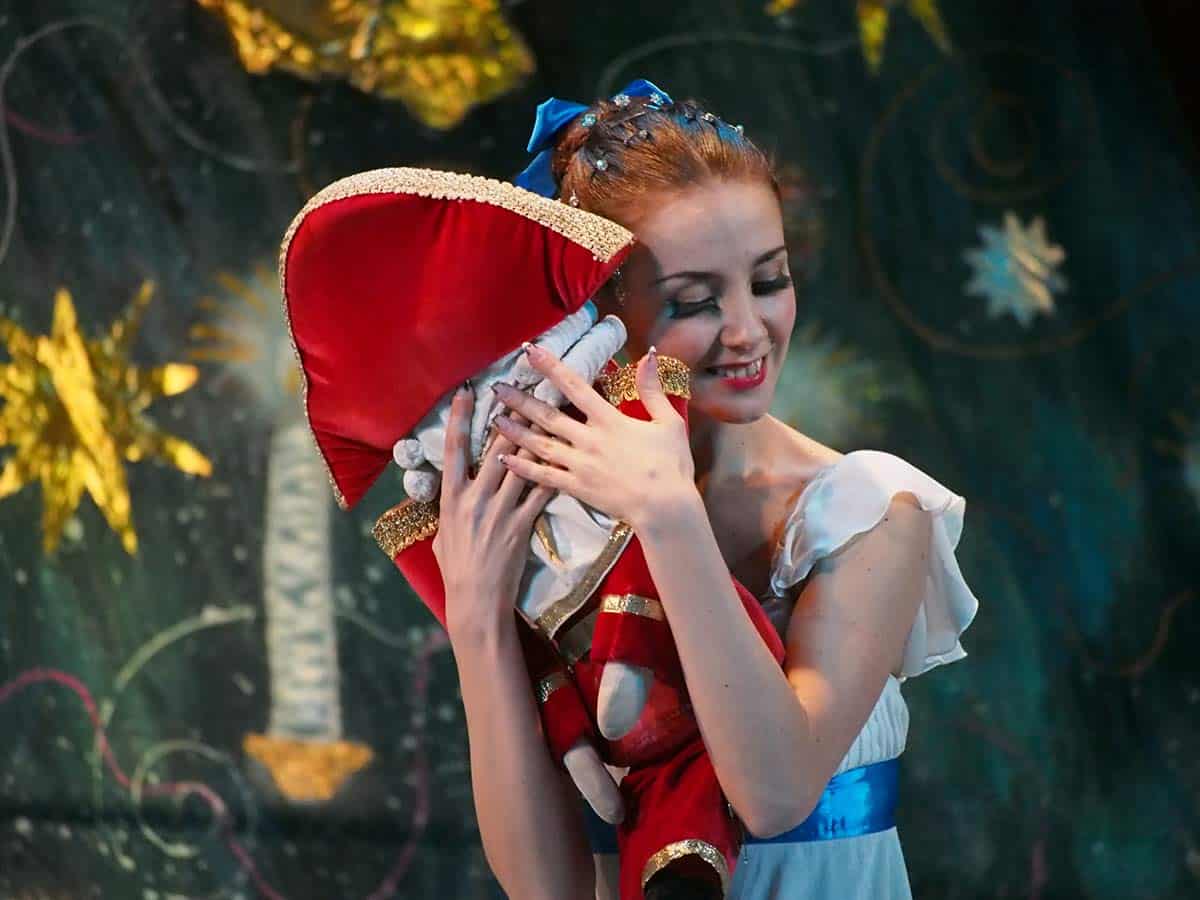
The “Nutcracker” is a charming ballet that your children will fall in love with–read them the story, play the music and take them to see the ballet
Don’t limit your family to just enjoying “Nutcracker” at Christmas time—it can be enjoyed all year long by watching the DVD version or listening to the music on a CD. Be creative and have a “Nutcracker” party; have people dress up in costumes; serve fun finger foods; play the music and watch the DVD. Make this a year-around family tradition!
Books & Recordings
- CD: The Nutcracker, Valery Gergiev, Kirov Orchestra (Philips)
- DVD: Nutcracker Mikhail Baryshnikov, American Ballet Theater
- Book: The Story of the Nutcracker Ballet by Deborah Hautzig
- Book: Nutcracker by E.T.A. Hoffmann
- Book: Dance Me a Story by Jane Rosenberg
- Nutcracker Costumes: see Music in Motion (800-445-0649)
Music Classics for Kids: Young Person’s Guide to the Orchestra by Benjamin Britten
Have you ever wanted to be able to listen to a piece of music and accurately identify what instruments are being played? Would you also like your children to have this ability? If so, then “The Young Person’s Guide to the Orchestra” is a “must.”
Background
This piece of music by Benjamin Britten (written in 1945) is considered the most popular symphonic work of the twentieth century. Using Henry Purcell’s “Abdelazer” as the main theme, Britten demonstrates how each instrument of the orchestra plays an important part in a musical score.
Synopsis & Music
The theme is first heard with all the instruments of the orchestra playing, and then each section of winds, strings, brass, and percussion instruments are played individually. This way, every instrument has an opportunity to be in the “spotlight.”
For example, your child will hear each instrument in the percussion section—kettle drums, bass drums, cymbals, tambourine, triangles, Chinese blocks, xylophone, castanets, gong, and whip along with all other instruments.
In the end, Britten brings all the instruments—strings, winds, brass, and percussion—together for a dramatic climax.
Regularly playing this piece of music for your children will help with aural or listening skills, and will further develop the auditory cortex—an important step for reading readiness. Plus, the music is bombastic and entertaining enough for children of all ages.
Last, give your child a visual as well. Here are some fabulous books that will illustrate to your child what each instrument looks like. And, if you have a music store in your community, take your child and let them actually see and touch, “up close and personal” each instrument of the orchestra.
Books & Recordings
- CD: Classics for Children, Arthur Fiedler
- Book: Meet the Orchestra by Ann Hayes
- Book: Can You Hear It? by William Lach
- Book: Musical Instruments from A to Z (Alphabasics) by Bobbie Kalman
- Book: The Story of the Orchestra: Listen While You Learn About the Instruments, the Music and the Composer Who Wrote the Music! by Robert Levine
- Book: Alligators and Music by Donald Elliott
- Posters, Charts, Games about Instruments, Puzzles: Music in Motion (800-445-0649)
Music Classics for Kids: Carnival of the Animals by Camille Saint-Saens
“Carnival of the Animals” by French composer, Camille Saint-Saëns is a childhood favorite. He composed “Carnival of the Animals” in 1886 under the title, “Grand Zoological Fantasy.”
Background
Originally, Saint-Saëns composed the music as a joke. It was performed at a Mardi Gras concert for a few of his closest friends.
Saint-Saëns did not allow the score to be performed in public during his lifetime because he was concerned that people would not understand his humor. However, two months after his death in 1922, the Colonne Orchestra in Paris performed “Carnival of the Animals” to the delight of hundreds.
It has been a favorite of children ever since.
Synopsis
There are fourteen music sections describing
- lions
- hens,
- roosters
- wild asses
- tortoises
- elephants
- kangaroos
- fish
- cuckoo birds
- fossils
- swans
- pianists (he believed that early pianists were dangerous beasts!)
In the 1940s Ogden Nash wrote a series of humorous verses for “Carnival” and in 1995, Bruce Adolphe updated Nash’s version and wrote another series of kid-friendly poems for “Carnival” recited by Itzhak Perlman.
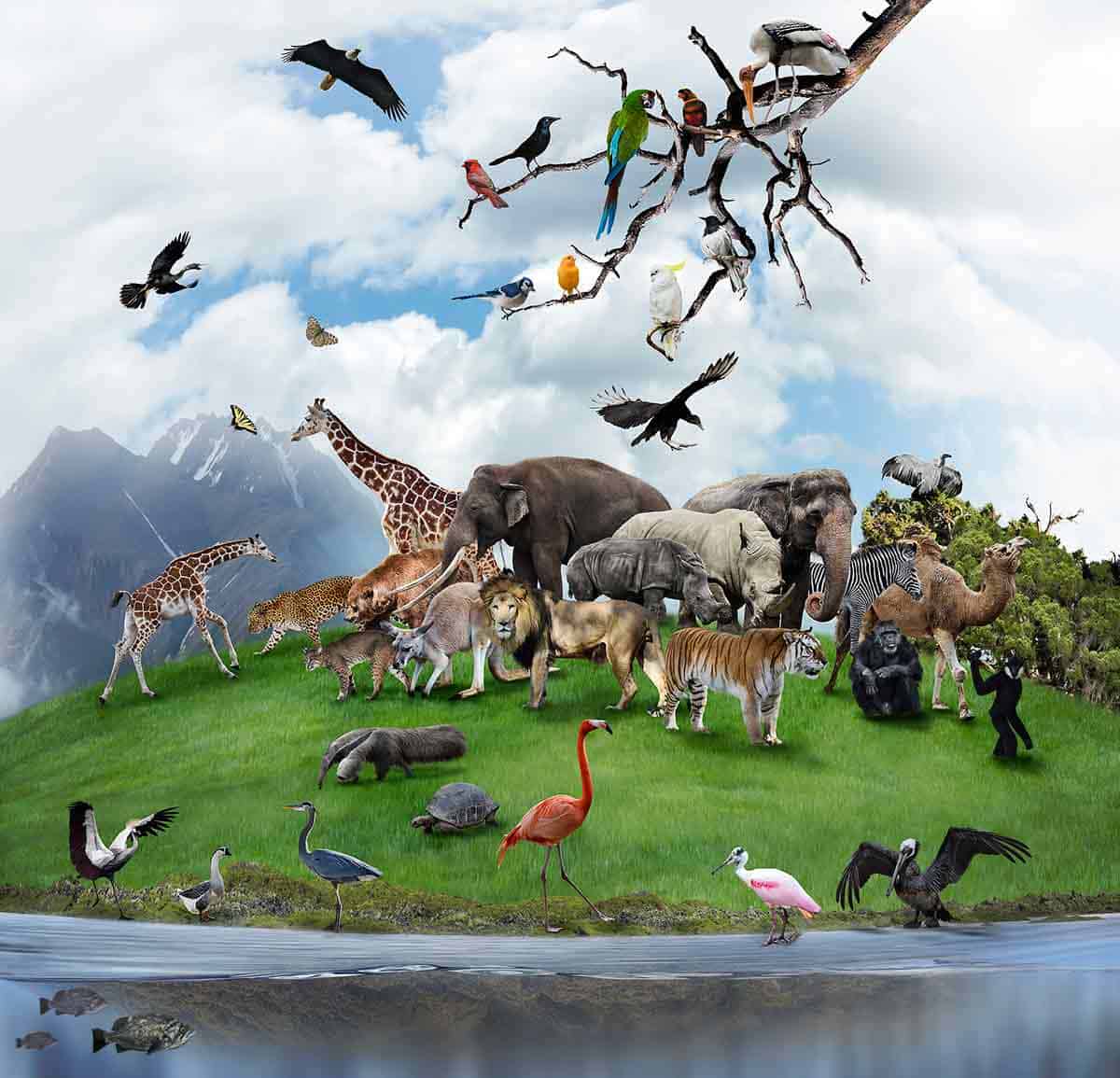
Carnival of the Animals is a fun and enchanting musical story. Children love deciding what animal is being represented by what music!
Activities
Here are some suggestions on how to use “Carnival of the Animals” with your children:
There are several versions of “Carnival”—some include the narrations, and some do not. I would get both recordings.
- Play the non-narrated versions and try to guess what animal is being portrayed by the music—it helps to develop aural or listening skills.
- Play the narrated versions and then try your hand at creating your own alliterations for each animal. Alliterations use the same letter or sound at the beginning of a cluster of words. For the elephant, an alliteration would be: “Eric Elephant eats eight enormous eggplants for Easter.” For the rooster, “Randy Rooster rambunctiously ranted rapturous raps reawakening radical Roger Rat.”
- Then have each child draw a picture to go along with their animals.
- Children can take their drawings and alliterations and make greeting cards for friends.
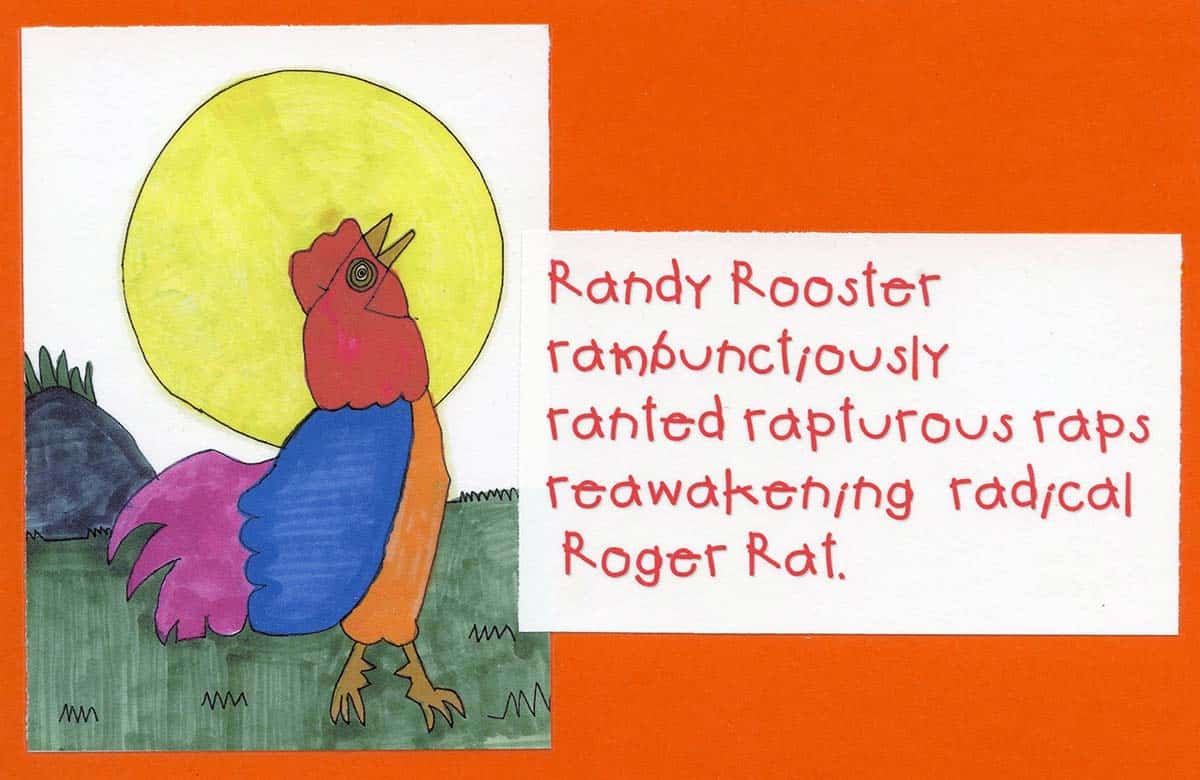
After introducing your children to “Carnival of the Animals” let them create their own artwork and alliterations
Put on your creative thinking hats and come up with your own alliterations and drawings.
Books & Recordings
- CD: Classics for Children, Arthur Fiedler, Boston Pops (contains both narrations by Ogden Nash and the non-narrated version)
- CD: Classical Zoo with Itzhak Perman, the narrator (this just recently went out of print–it includes the poems by Bruce Adolphe)
- Book: Carnival of the Animals by Jack Prelutsky
- Book: Carnival of the Animals by Barrie C. Turner
Make these “5 Musical Musts” a part of your children’s music and book library. They are magical stories set to incredible music–don’t miss them!
Which of these 5 musical stories are your children’s favorites? Please comment in the section below
Want to remember this post? Post, “Here are 5 Enchanting and Delightful Music Classics for Kids” to your favorite Pinterest Board
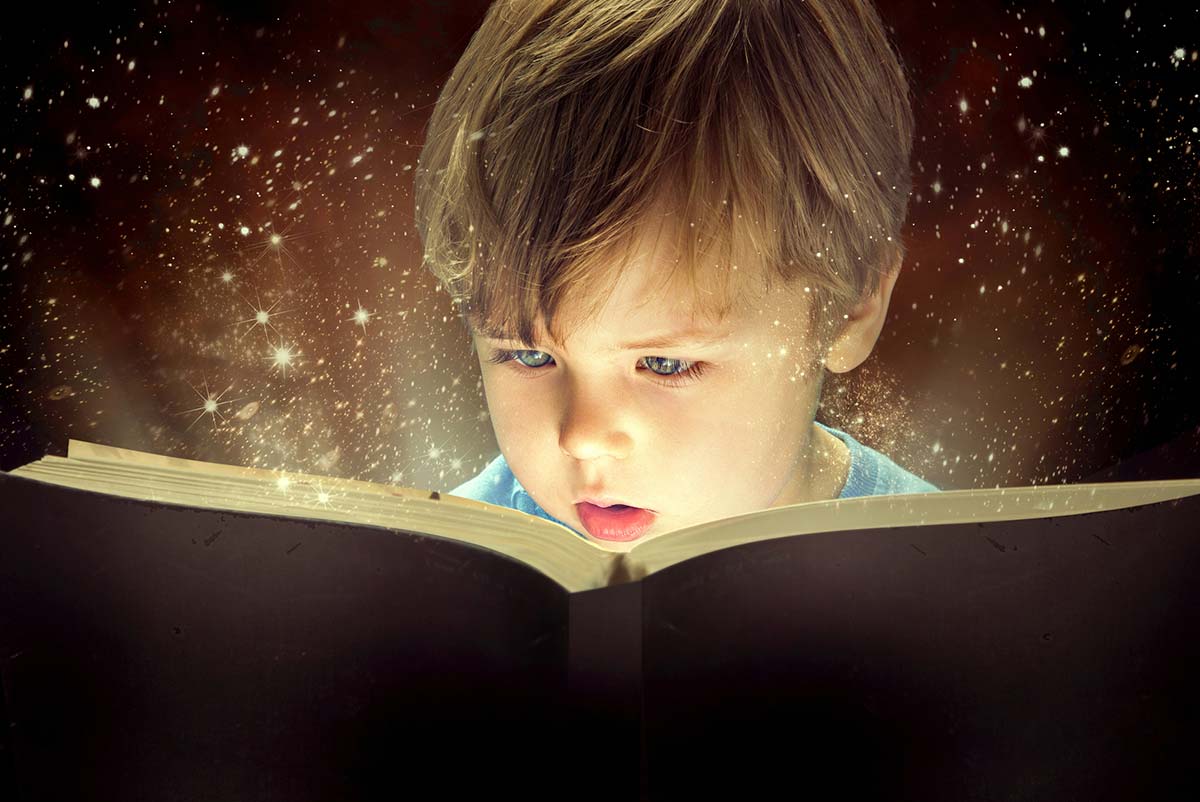
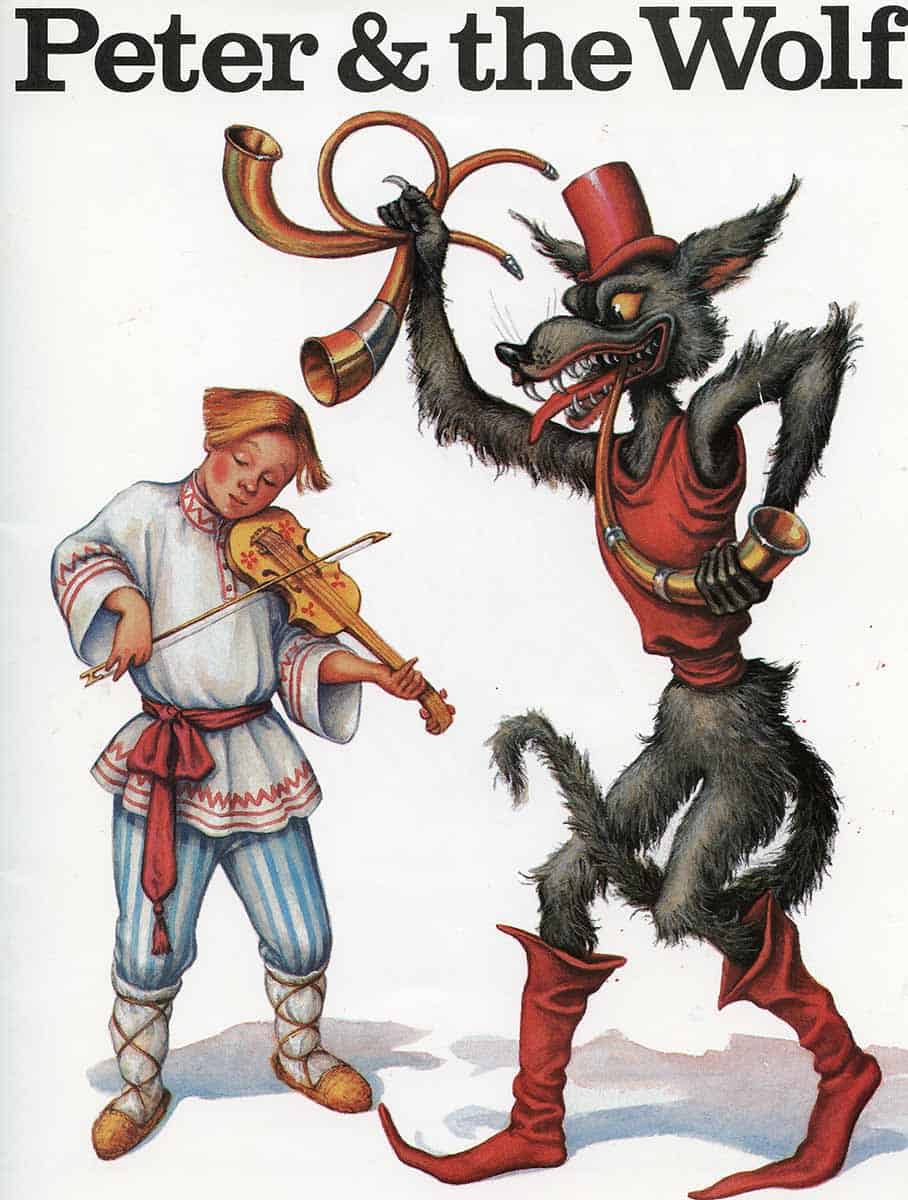




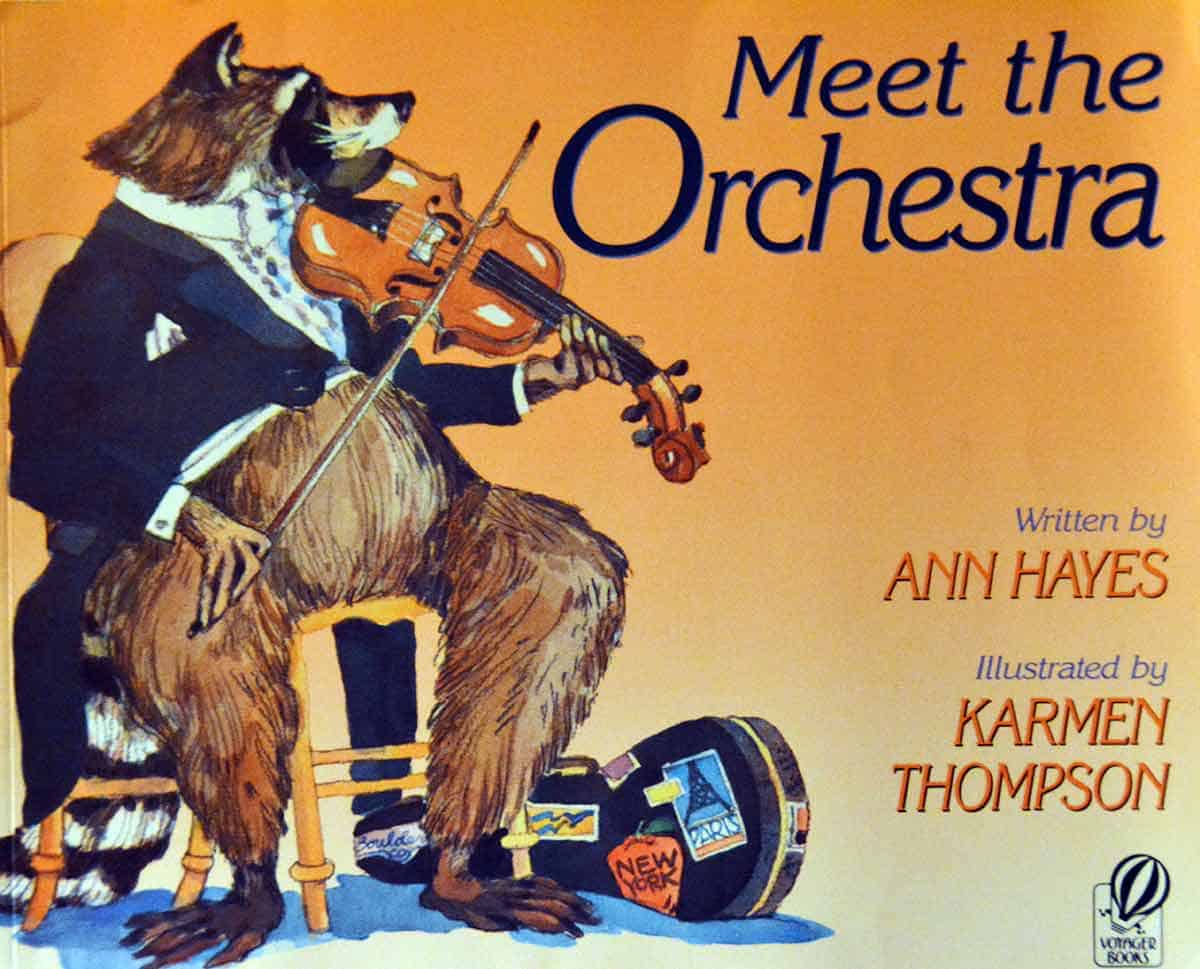
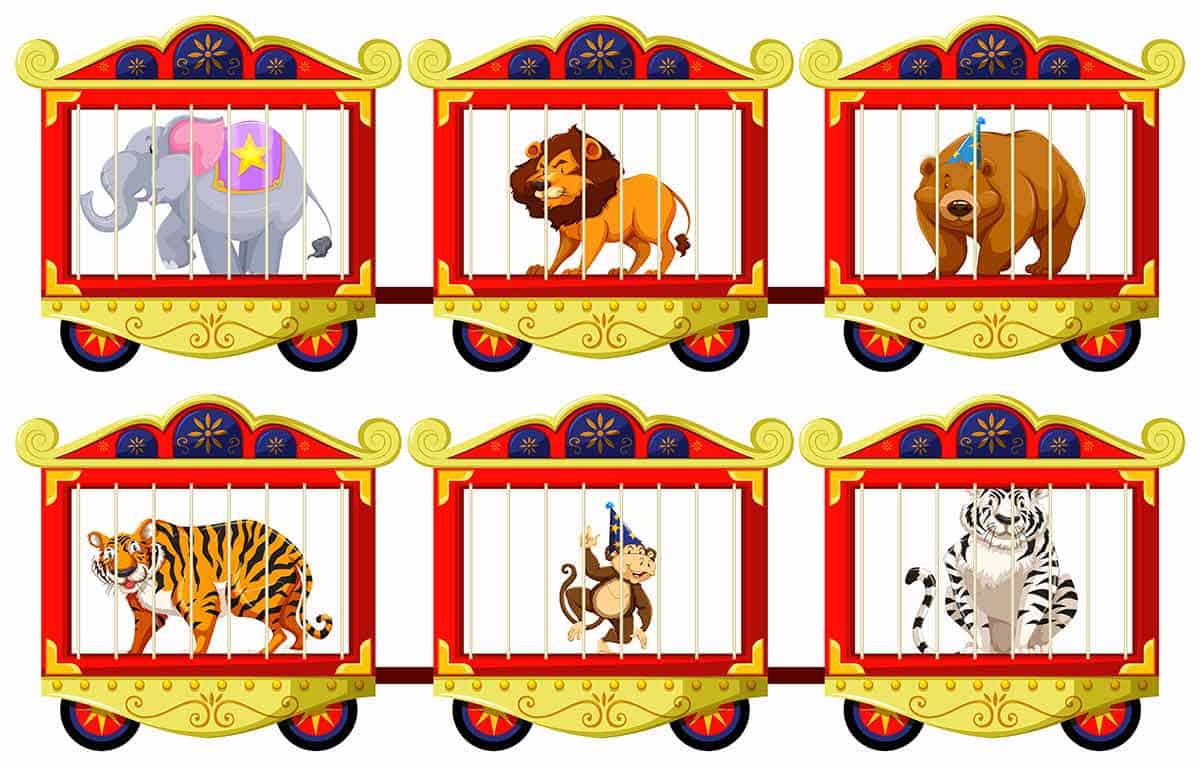




Reading your post reminds me that I have yet to actually take Zach to see the Nutcracker ballet here in Orlando. I keep saying I’m going to purchase tickets during the holidays and just never do. I think it’s the crazy hustle and bustle of that time of the year that gets me frazzled and feeling like there’s no time to get to the show. However, I love how you mentioned you shouldn’t just wait for the holidays to see it. I do want to make it a point to get Zach to the show in December though since it’s his last Christmas before he heads off to college. Ahhhh, I can’t even believe I’m saying that! Another great post, Sharlene. Thank you!
Of the 5 “Musical Musts” I talk about in this blog–Nutcracker is the most difficult to get boys to like. I had to drag our boys to see Nutcracker. It was my favorite ballet as a child and I wanted them to experience ballet. But, being a girl is different– most boys have difficulty seeing a story acted out with just dancing. Prior to going, I played the music and read the book to them–it did help. However, since Zach is older–he will probably like it better because he’s coming to it from a more mature perspective. Let me know how he likes it. My boys’ favorite part? When the tree grew to over 20 feet!